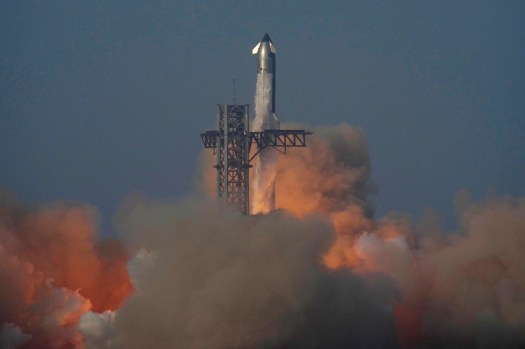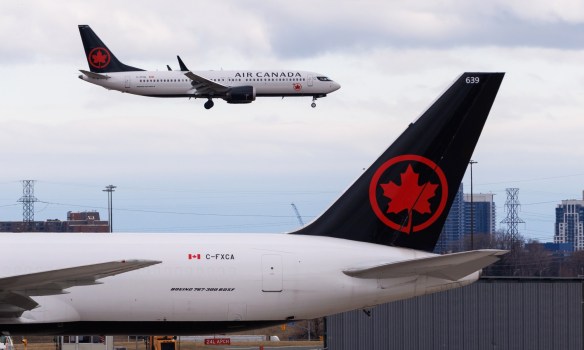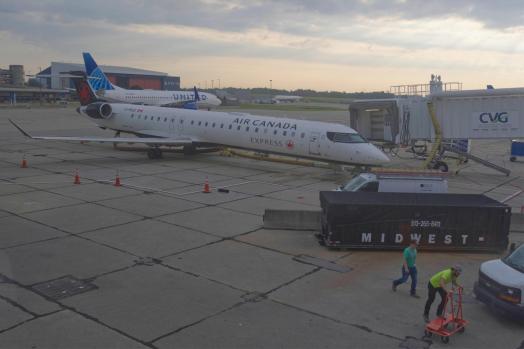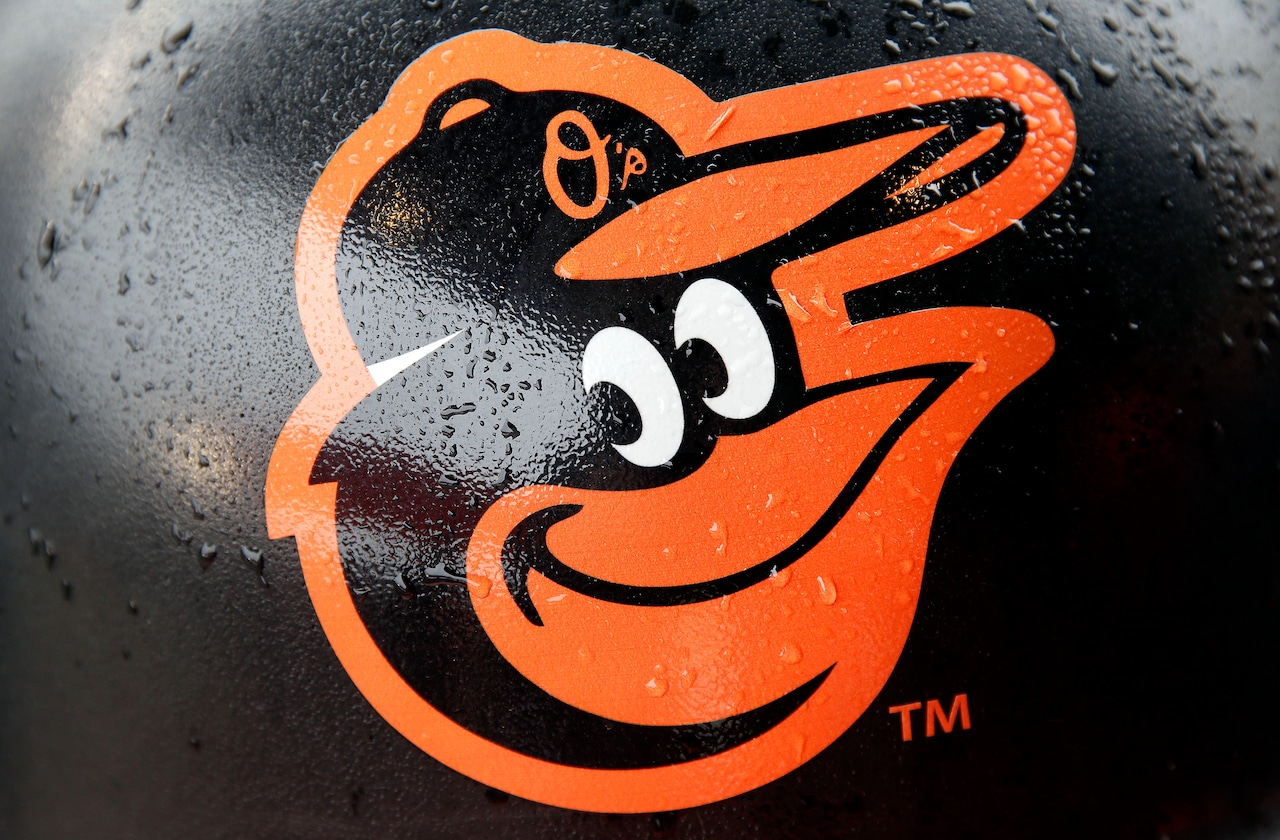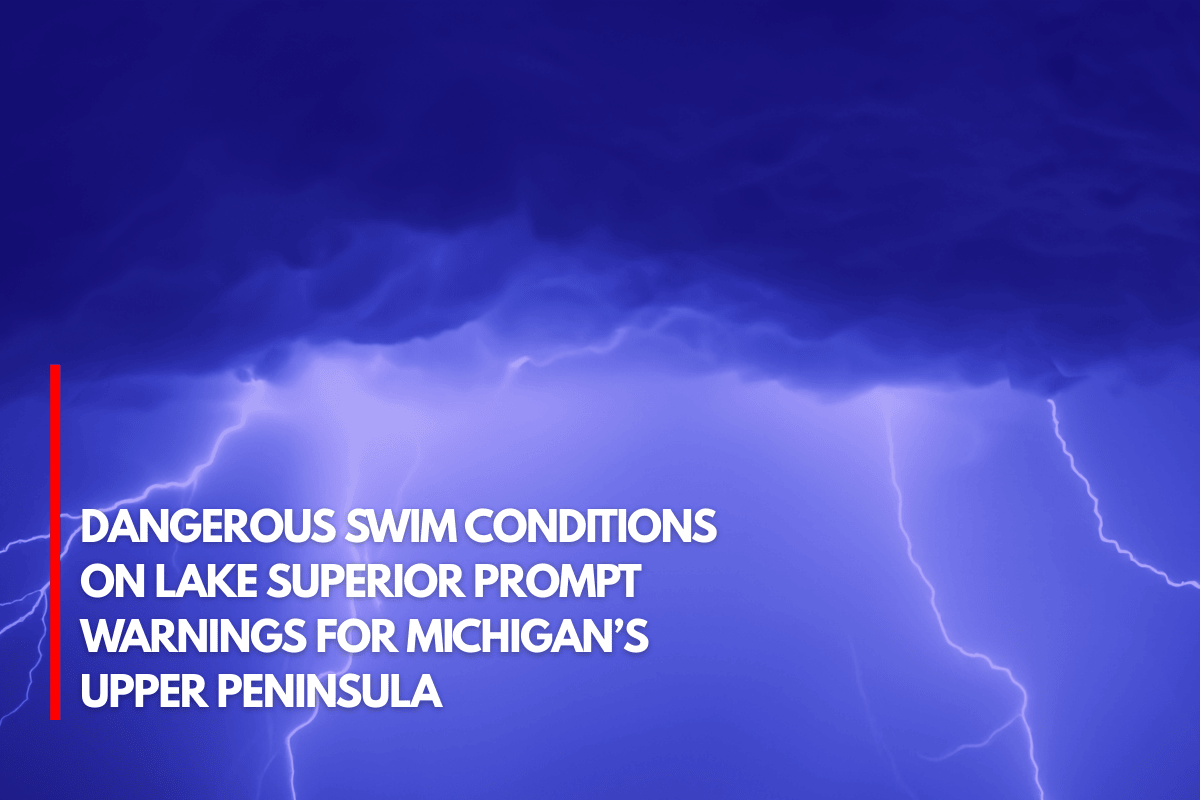Orlando, Florida. Although SpaceX’s Starship program has had a challenging year, the Federal Aviation Administration has cleared the way for the company to attempt its tenth suborbital launch as early as next weekend.
Investigations into the incidents that occurred on the ninth launch in May, when the Super Heavy booster—the first to be flown for a second time—was destroyed on its return attempt and the upper stage was lost over the Indian Ocean, were ended by the FAA late last week.
No public property damage or injuries have been reported. According to a statement from the FAA, the agency supervised and approved the results of the SpaceX-led inquiry. According to the final accident investigation, a fuel component failure is most likely the primary reason of the Starship vehicle’s demise. Corrective measures were determined by SpaceX to stop the incident from happening again.
After launches in January and March ended with the upper stage exploding and lighting up the sky across South Florida, the Bahamas, and the Caribbean, the loss of the upper stage prior to its scheduled landing attempt was Starship’s third flight-related mission failure in 2025. During a static fire test that damaged one of its test stands, the business also lost an upper stage of a Starship.
SpaceX has scheduled Starship Flight 10 to launch from its test site, Starbase in Texas, on August 24 at 7:30–8:30 p.m., despite the difficulties and with the FAA’s approval.
On its website, the business has provided a full account of its conclusions about the Flight 9 problems and the test pad explosion.
Compared to earlier landing efforts, the Super Heavy booster returned to the ground at a more acute angle. SpaceX decided not to attempt to recapture the rocket using the chopsticks feature on the launch tower, as it had done on two prior Starship missions, since it was the first time the booster had been used. Rather, it disintegrated at a height of roughly 3,200 feet during an intense incident.
According to SpaceX, there was no discernible harm to aquatic life from the debris.
According to the firm, SpaceX collaborates with a seasoned worldwide response company to recover any debris that might wash up in South Texas and/or Mexico as a result of Starship flight test activities. There was no indication of any floating or dead marine life during the examination of the booster’s projected debris field, which would indicate that nearby creatures were killed by booster debris impacts.
In order to reduce the strain on the launcher, SpaceX said it would alter the angle on return flights.
SpaceX intends to conduct additional landing burn tests on Flight 10 of the Super Heavy rocket, which means that an offshore landing location in the Gulf will be the goal rather than attempting a tower recovery.
On a suborbital flight, SpaceX will attempt to deliver the upper stage’s initial cargo once more, aiming for reentry in the Indian Ocean off the western coast of Australia. In space, the flight will also try to relight one of its six Raptor engines.
Though it has not yet executed an orbital launch, Starship is the largest and most potent rocket to reach space, standing over 400 feet tall and with a booster that generates over 16 million pounds of thrust during liftoff.
Since a variant of Starship has been selected to serve as the human landing system for the Artemis III mission, which aims to send humans back to the moon for the first time since the Apollo program ended in 1972, NASA has a stake in seeing the system through to completion.
This year, the FAA expanded SpaceX’s license to allow them to operate up to 25 missions annually out of Texas, despite Flight 9’s partial failure.
Richard Tribou/Sentinel of Orlando
